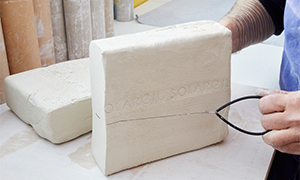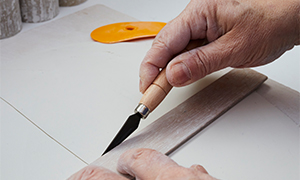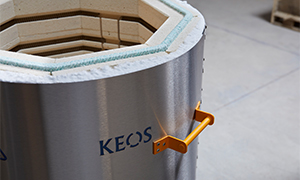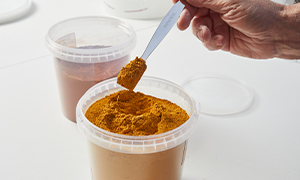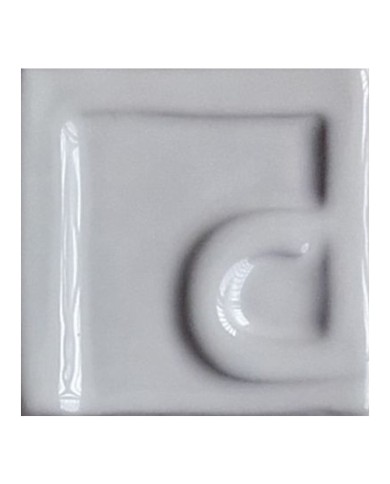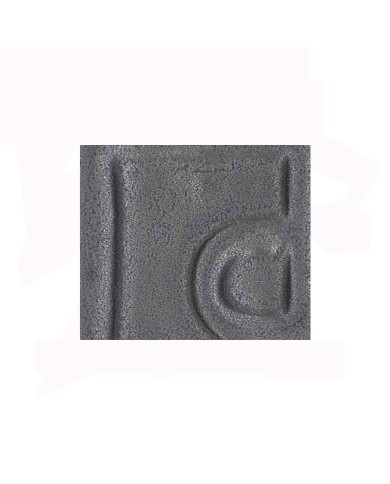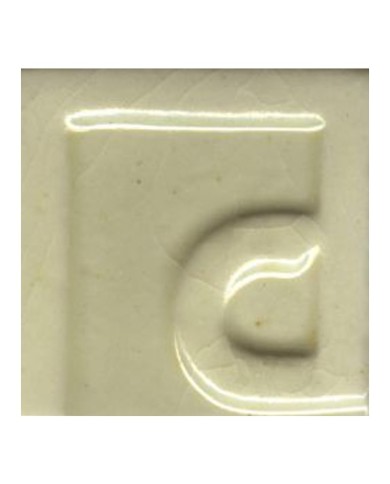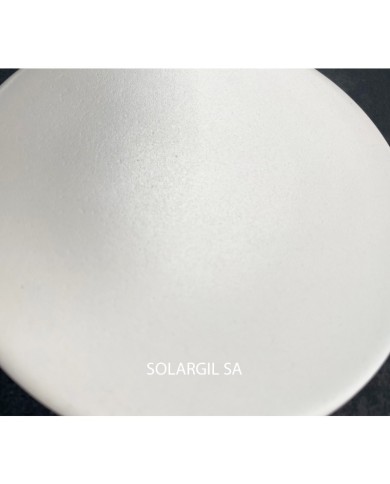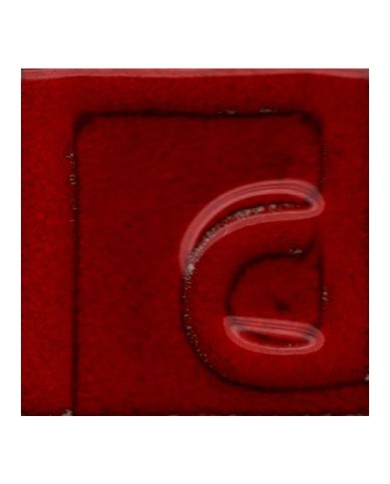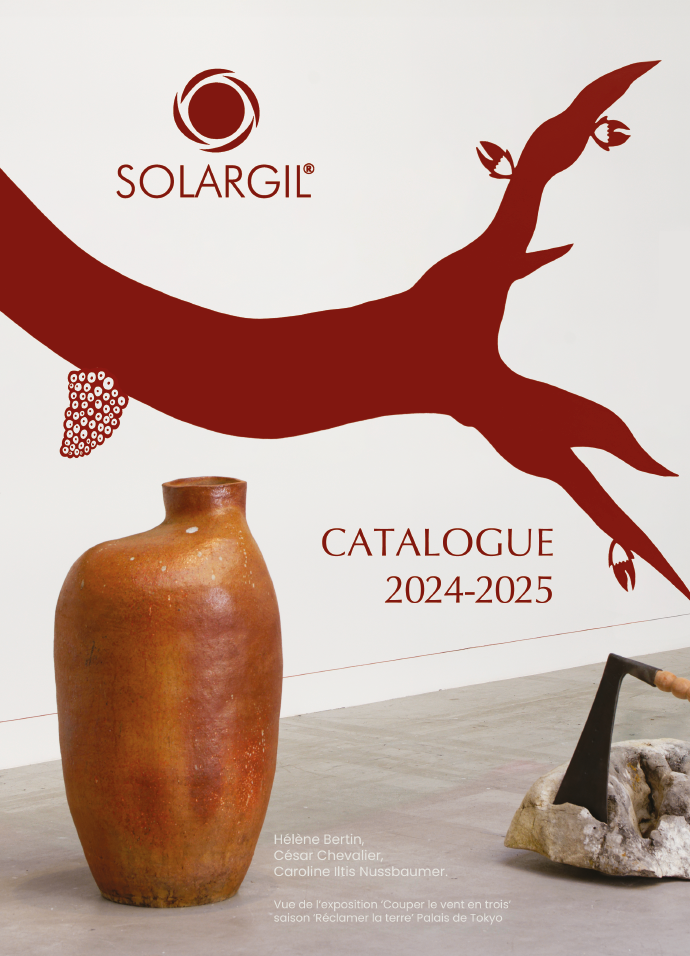White enamel for undercoat - PR 120 BB
Composed of Frit.
For glazed tiles on the bisqueware.
Then apply a thin layer of transparent enamel.
The firing temperature varies between 960-1000ºC.
Glossy white enamel - PR 115
Composed of Frit.
High gloss Opaque White enamel, low expansion.
Can be used with excellent results on tiles or red earthenware as well as white majolica.
The firing temperature varies between 1000-1080ºC.
Extra white zircon enamel - PR 112
Composed of Frit.
Lead-free Opaque White Enamel.
Slightly bluish white enamel, studied for food, decorative or sanitary ceramics by firing above 1100ºC, in single or double firing.
Recommended temperature, between 1050-1150ºC.
Transparent enamel - PR 1000 (FR 8)
Composed of frit.
Transparent, lead-free and very melting email.
Raw material in the ceramic industry.
This is a basis for the development of lead-free enamels.
Recommended firing temperature between 850-1000°C.
Mat white - PR08
With lead
Groupe II
Firing temperature: 980-1020°C
Coefficient of expansion: 58
WHITE IVORY ANTIC GLAZE - OPACANTIC
White ivory antique
Ref : OPACANTIC
Temperature of firing : 950-1050°C
Coeff Dilat 25-300°C: 62
Groupe II
With lead
Transparent glaze - NS20M
Composed of Frit.
Lead-free shiny transparent enamel.
For enamelling ceramic pieces in white clay.
Firing temperature between 980-1020ºC.
Black- N3320M/7 dur
GROUPE III
Firing temperature: 980-990°C
Mono lead silicate enamel - MONOPB
Composed of Frit.
Transparent, shiny and melting enamel.
With lead.
Cadmium garnet red enamel - M 7516
Red enamel of cadmium and selenium.
For glazing red or white earthenware.
The application can be carried out by bathing or spraying.
The recommended firing temperature varies between 960-1050°C.

